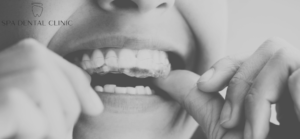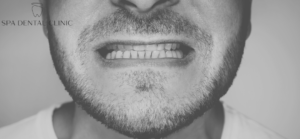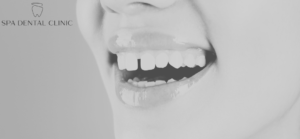Dental Anaesthesia Everything you need to know
Feeling nervous about anaesthesia during a dental procedure? Understanding what to expect can help ease your concerns. Dental anaesthesia plays a crucial role in pain management, ensuring comfort during treatments. Whether you’re preparing for a filling, extraction, or another procedure, knowing how it works and the potential side effects of dental anaesthesia can be reassuring.
In this blog, we’ll explain how dental anaesthesia works, its types, and what you need to know about dental local anaesthesia, along with answers to common questions.
What is dental anaesthesia?
Dental anaesthesia is used to numb specific areas of the mouth, ensuring you feel little to no pain during dental procedures. It works by blocking nerve signals, temporarily preventing sensation in the treated area.
There are three main types of dental anaesthesia:
1. Local anaesthesia:
• Used for minor procedures like fillings, extractions, or root canals.
• Numbs a small area of the mouth while keeping you awake.
• The most common form is dental local anaesthesia.
2. Sedation anaesthesia:
• Used to relax patients during procedures.
• Administered through oral tablets, inhalation (nitrous oxide), or intravenous (IV) methods.
• Keeps you conscious but drowsy.
3. General anaesthesia:
• Used for complex surgeries or patients with extreme anxiety.
• Puts you to sleep entirely during the procedure.
For more details about treatments requiring anaesthesia, visit our treatments page.
How does dental local anaesthesia work?
Dental local anaesthesia is the most common type of anaesthesia used in dentistry. It is administered through an injection into the gum tissue near the treatment area. Local anaesthesia works by temporarily blocking the nerves that transmit pain signals to your brain.
Here’s what you can expect during the process:
1. Preparation: Your dentist may apply a numbing gel to minimise discomfort from the injection.
2. Injection: The anaesthetic is injected into the gum tissue near the treatment site.
3. Onset: Numbness typically sets in within 5-10 minutes, lasting for 1-2 hours.
Are there any side effects of dental anaesthesia?
While dental anaesthesia is generally safe, some patients may experience mild and temporary side effects. These include:
• Numbness and tingling: This is normal and will wear off after a few hours.
• Swelling or bruising: Slight swelling or bruising may occur at the injection site.
• Minor pain or discomfort: Some patients feel a mild ache when the anaesthetic wears off.
• Allergic reactions: Rare but possible. Inform your dentist if you have allergies to anaesthetic agents.
If you experience prolonged numbness or severe discomfort, contact us for assistance through our contact page.
What are the benefits of dental local anaesthesia?
• Effective pain relief: It ensures a pain-free procedure.
• Quick onset: Numbness occurs within minutes.
• Targeted application: Affects only the treated area, allowing you to remain alert.
• Safe for most patients: With proper administration, it is safe and well-tolerated.
Tips for a smooth experience with dental anaesthesia
1. Communicate with your dentist: Inform your dentist about any medical conditions, allergies, or medications you are taking.
2. Avoid eating before sedation: If you’re undergoing sedation or general anaesthesia, follow your dentist’s instructions regarding eating or drinking.
3. Arrange transportation: For procedures involving sedation or general anaesthesia, have someone drive you home.
4. Follow aftercare instructions: Take care of the treatment area and follow any post-procedure guidelines.
In conclusion
Dental anaesthesia is a safe and effective way to ensure comfort during dental procedures. Whether it’s a routine filling or a more complex treatment, dental local anaesthesia can help you stay pain-free. While the side effects of dental anaesthesia are typically mild and temporary, communicating openly with your dentist ensures a smooth experience.
For personalised care and expert guidance, visit our Spa Dental Clinic website or book your appointment today through our contact page.


